Boeing’s Starliner Returns to Earth Safely – But Without Its Crew
Boeing’s Starliner space capsule successfully returned to Earth in the early hours of September 7, 2024. The capsule touched down in New Mexico’s White Sands Space Harbor just after midnight Eastern time, marking the end of a long-delayed mission.
Despite a perfect landing, there was one noticeable absence—no astronauts were aboard for the return.
A Mission That Was Supposed to Last 10 Days
The Crew Flight Test (CFT) mission was originally expected to last just over a week, but Starliner stayed in orbit for over three months.
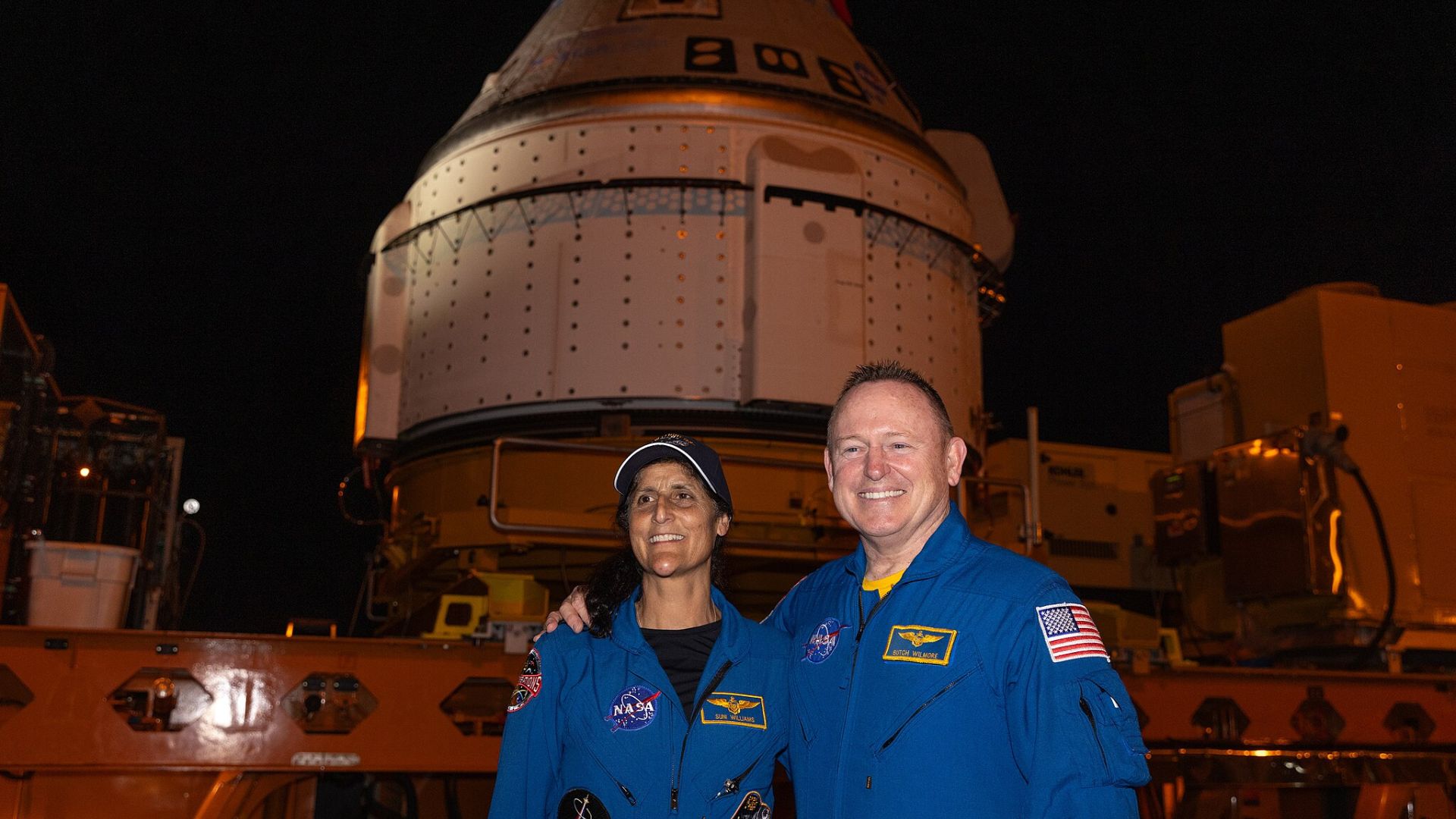
Source: NASA/Kim Shiflett/Wikimedia Commons
NASA extended the mission to address technical issues, including thruster malfunctions that could have jeopardized the astronauts’ safety. Though the capsule successfully launched with astronauts aboard, no one was aboard for the return.
Thruster Malfunctions Spark NASA’s Tough Decision
NASA had to make a critical safety call before Starliner’s return. Five of the spacecraft’s 28 reaction control system thrusters failed not long after launch on June 5. Despite attempts to fix the issue, the malfunction persisted.
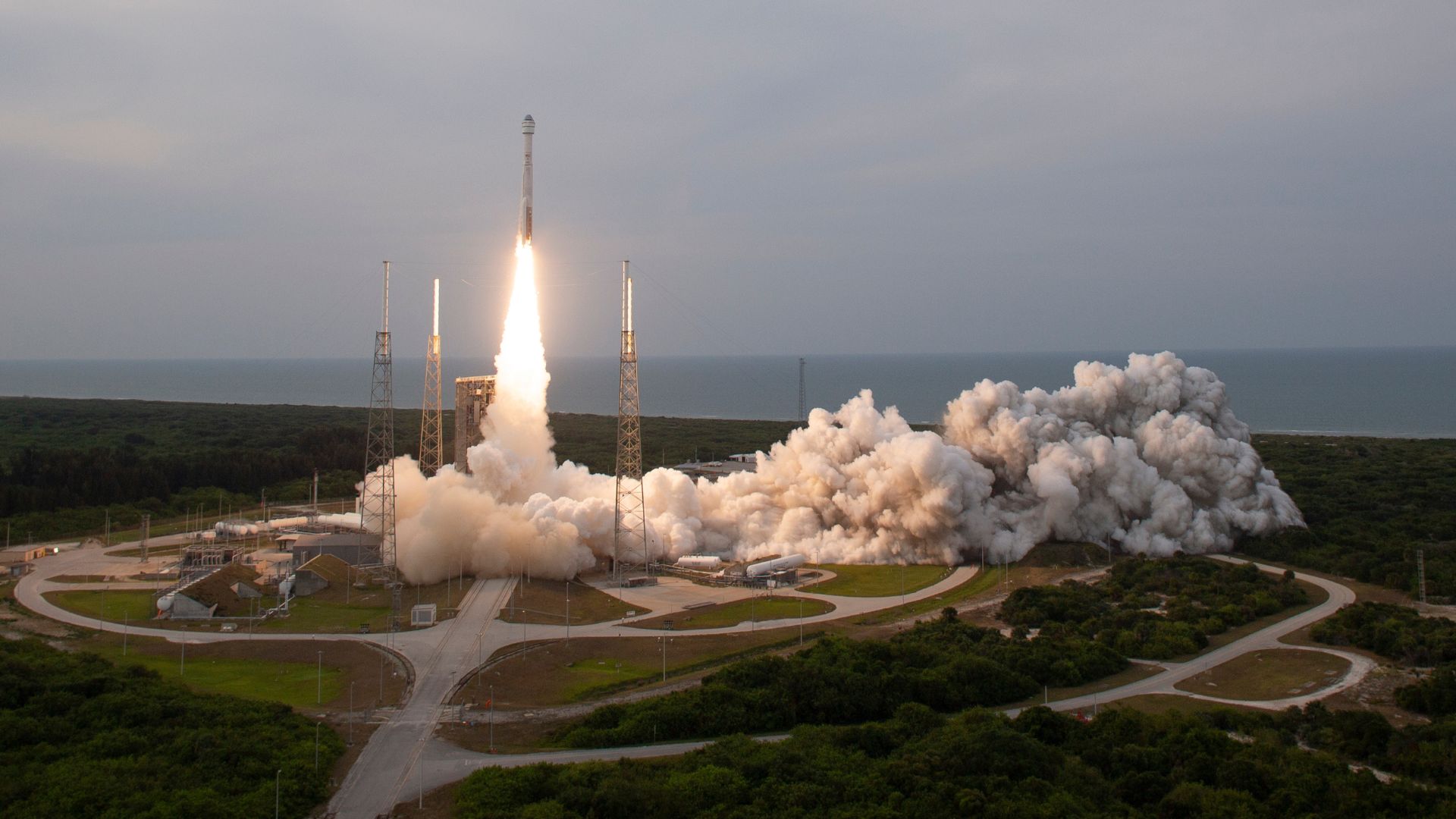
Source: NASA/Joel Kowsky/Wikimedia Commons
With safety as the top priority, NASA decided it was too risky to bring astronauts Butch Wilmore and Suni Williams back aboard Starliner.
Safety First
On August 24, NASA Administrator Bill Nelson confirmed the decision to bring Starliner home uncrewed. “The decision… is the result of our commitment to safety: our core value and our North Star,” Nelson said.
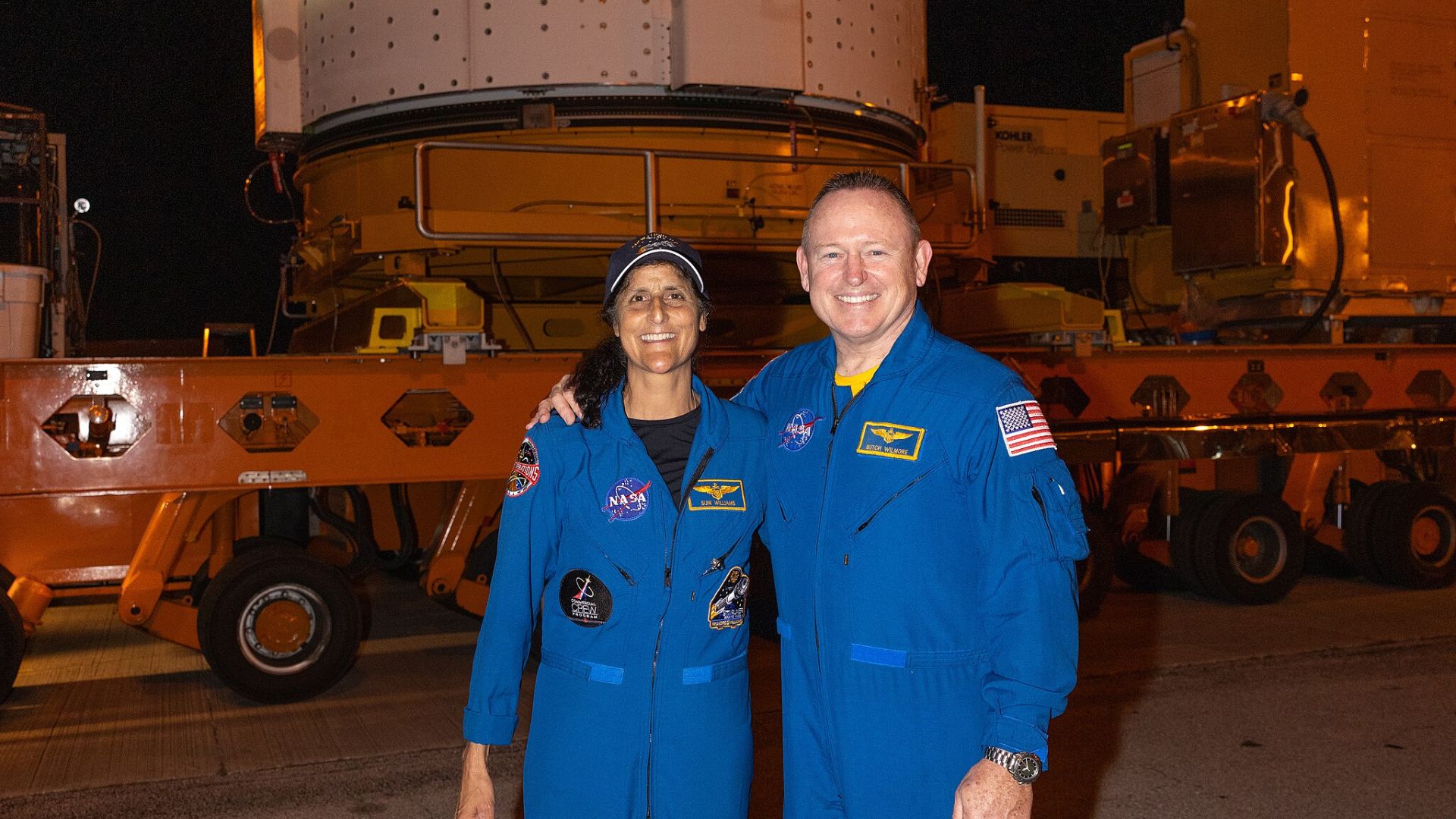
Source: NASA/Wikimedia Commons
The astronauts will remain aboard the International Space Station (ISS) until February 2025, catching a ride home on SpaceX’s Crew Dragon instead.
The Astronauts’ Unexpected Stay on the ISS
Originally, Wilmore and Williams were scheduled to stay on the ISS for only eight days. With Starliner deemed unsafe for their return, the astronauts will now remain aboard the station for several months.
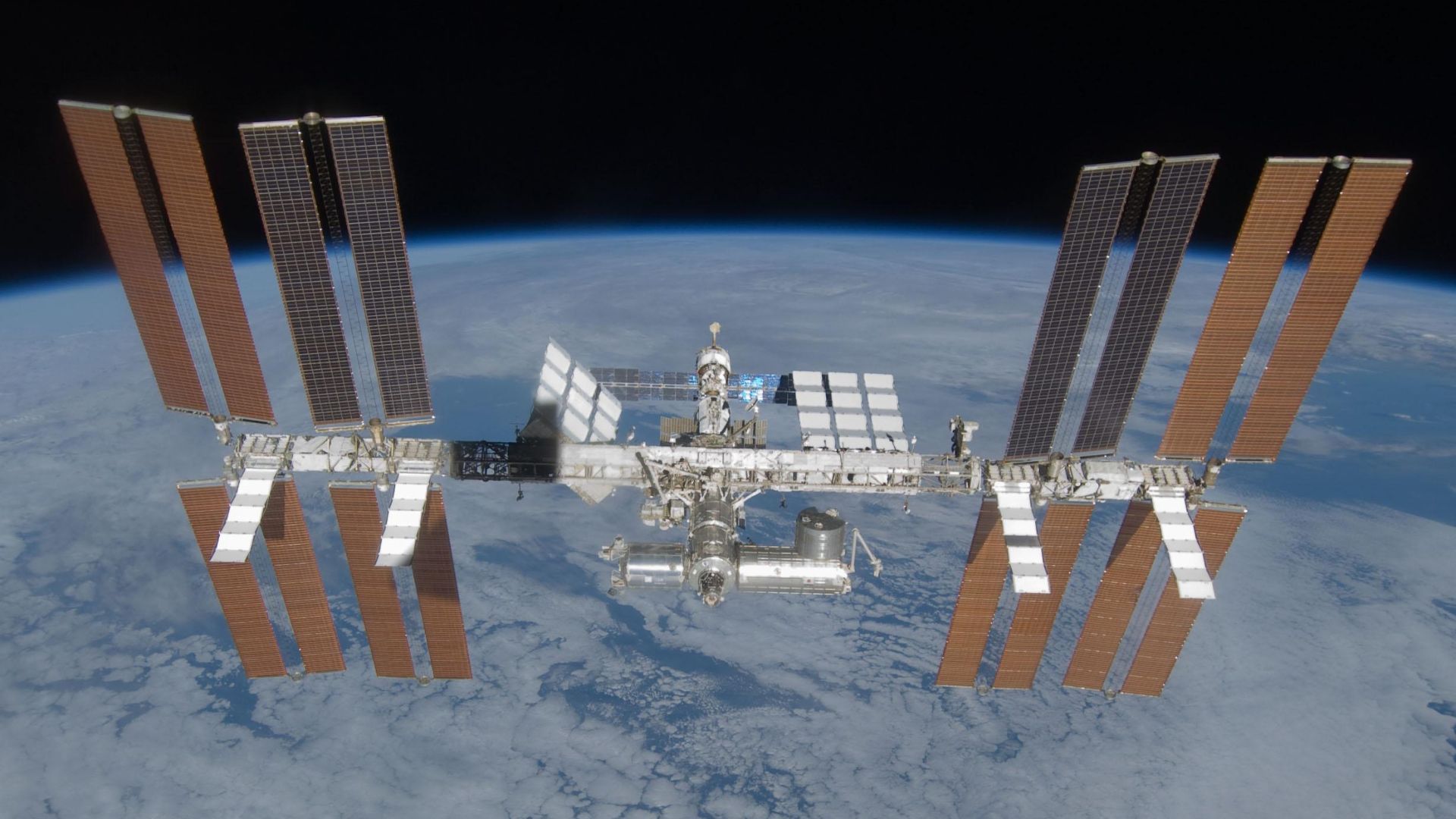
Source: NASA/Wikimedia Commons
NASA ensured the duo was prepared for long-term stay, providing them with training for tasks and experiments during their extended mission.
More Than a Smooth Ride
Though Starliner launched successfully, the spacecraft’s journey to the ISS was far from flawless. Its initial docking attempt on June 6 had to be aborted due to the thruster issues, with a second attempt finally succeeding later that day.

Source: NASA/Wikimedia Commons
Despite these challenges, Starliner managed to deliver the astronauts safely to the ISS.
A Painful Decision
For NASA, the decision to return Starliner without its crew was a difficult one. Steve Stich, NASA’s Commercial Crew Program manager, shared, “It was really hard to determine whether to be uncrewed or not.”

Source: NASA/Wikimedia Commons
Though the spacecraft ultimately performed well during its return, the earlier thruster issues raised enough concerns to warrant caution.
A Bullseye Landing in New Mexico
Starliner performed a flawless landing at White Sands Space Harbor in New Mexico just after midnight on September 7. NASA’s Stich called it “a bullseye landing,” reassuring everyone that “Starliner did really well today in the undocking, reentry, and landing sequence.”
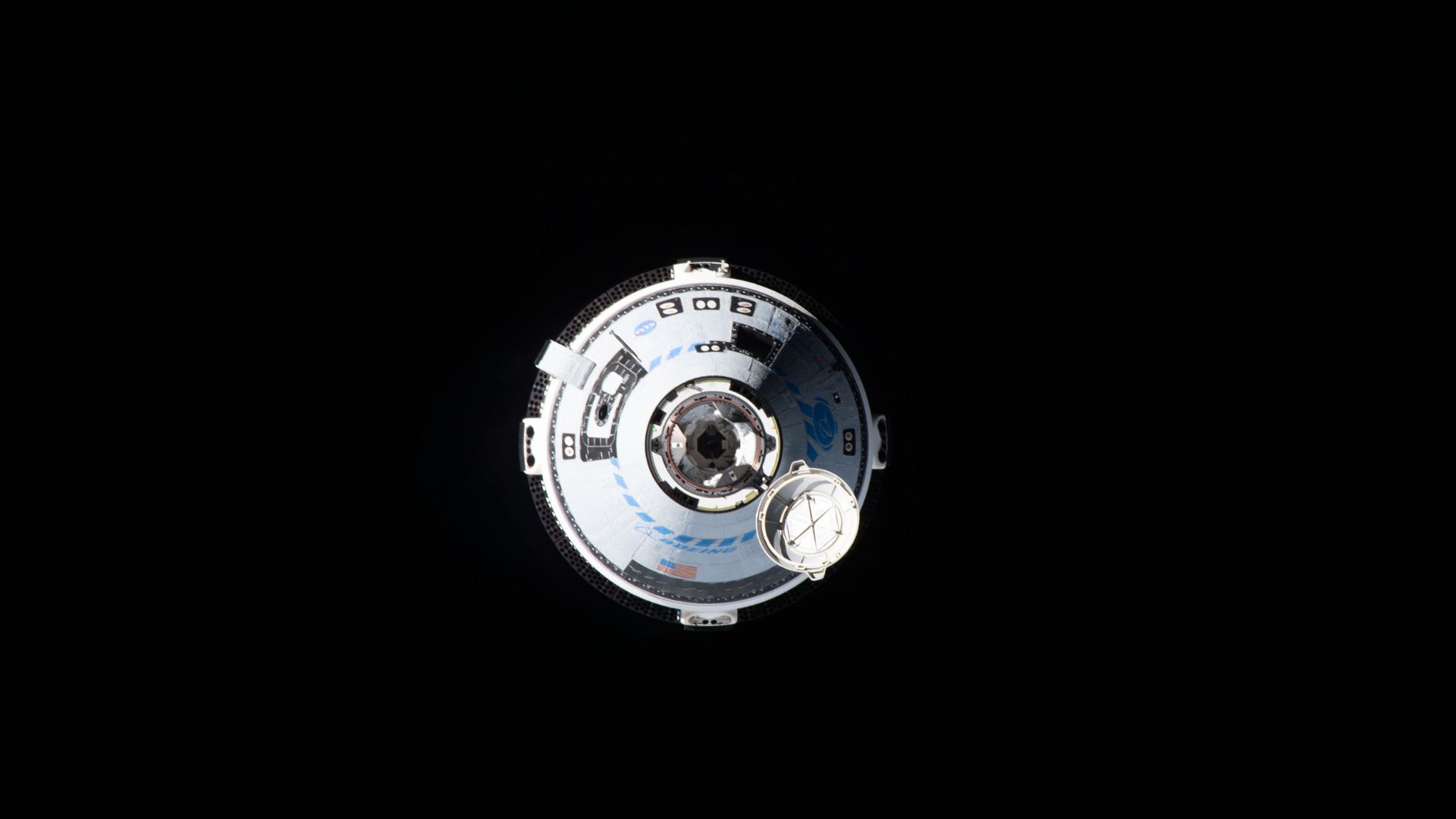
Source: Bob Hines/NASA/Wikimedia Commons
Despite the safety concerns, the return itself couldn’t have gone smoother.
No Astronauts, Just Cargo
Although Starliner returned safely, it carried only cargo back to Earth. Among the items brought home were the “Boeing Blue” spacesuits worn by the astronauts aboard the capsule.
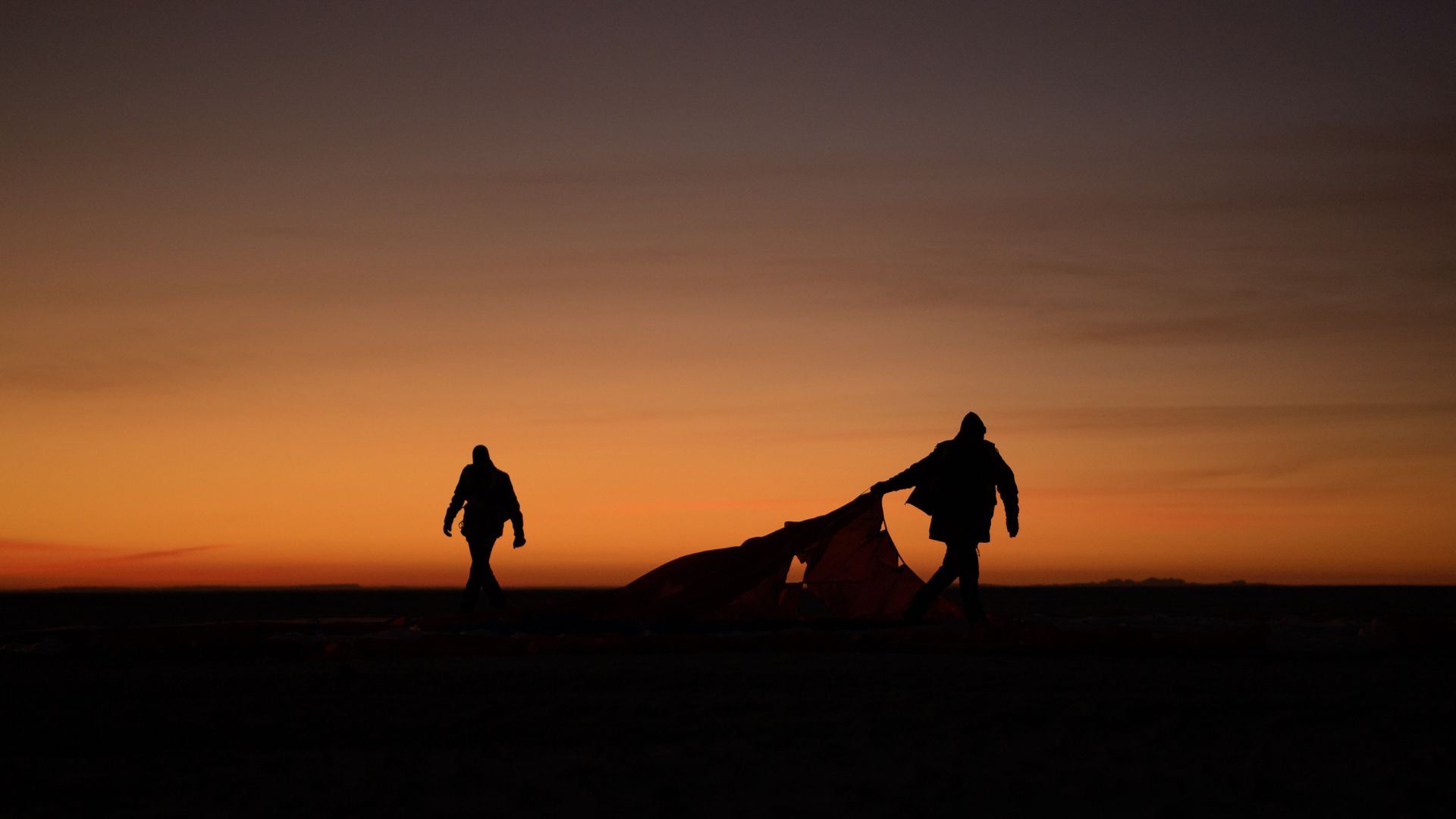
Source: NASA/Bill Ingalls/Wikimedia Commons
Since the astronauts will return on a SpaceX Crew Dragon mission, they no longer need their Starliner suits, which are incompatible with the Dragon capsule.
NASA’s Focus Shifts to the Future
Now that Starliner is safely back on Earth, NASA will review the data from the mission to determine what needs to be addressed before certification.
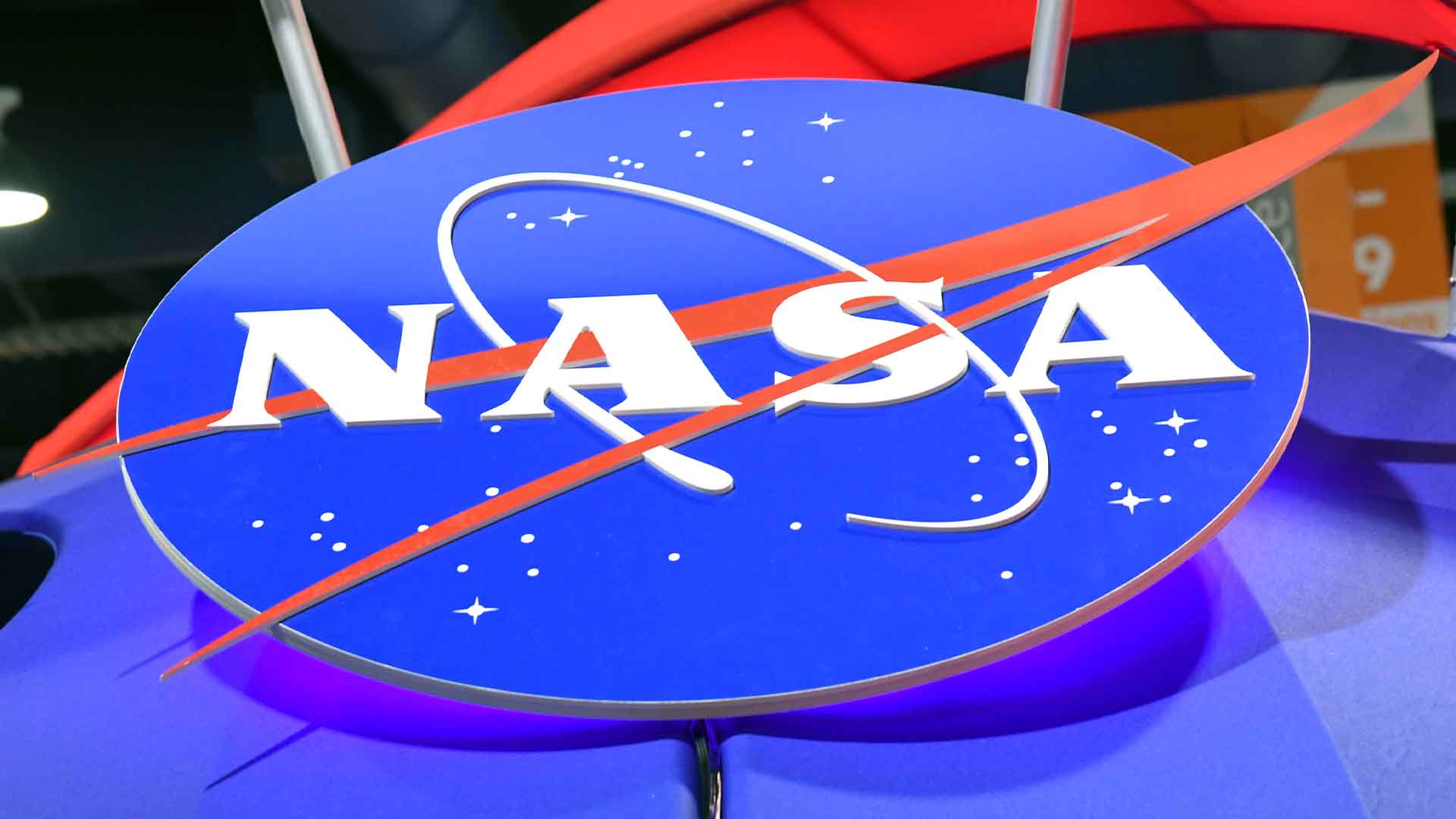
Source: Ethan Miller/Getty Images
The agency has yet to determine whether Starliner will be ready for its first operational flight by August 2025.
Boeing’s Challenges
Boeing’s Starliner program has faced numerous delays and technical challenges since its inception. Meanwhile, SpaceX’s Crew Dragon has been taking astronauts to the ISS since 2020.

Source: Joe Raedle/Getty Images
While Boeing received more funding from NASA for its development, SpaceX has been more reliable, raising questions about Boeing’s long-term competitiveness in commercial spaceflight.
What’s Next for Starliner?
The road ahead for Boeing’s Starliner remains uncertain. NASA and Boeing will need to address the ongoing thruster issues and any additional concerns before certification can occur.

Source: NASA/Wikimedia Commons
NASA’s Steve Stich remarked, “What we really need to do now is look at the things that didn’t perform the way we expected,” signaling a lengthy process before Starliner can take astronauts on long-term missions to the ISS.
